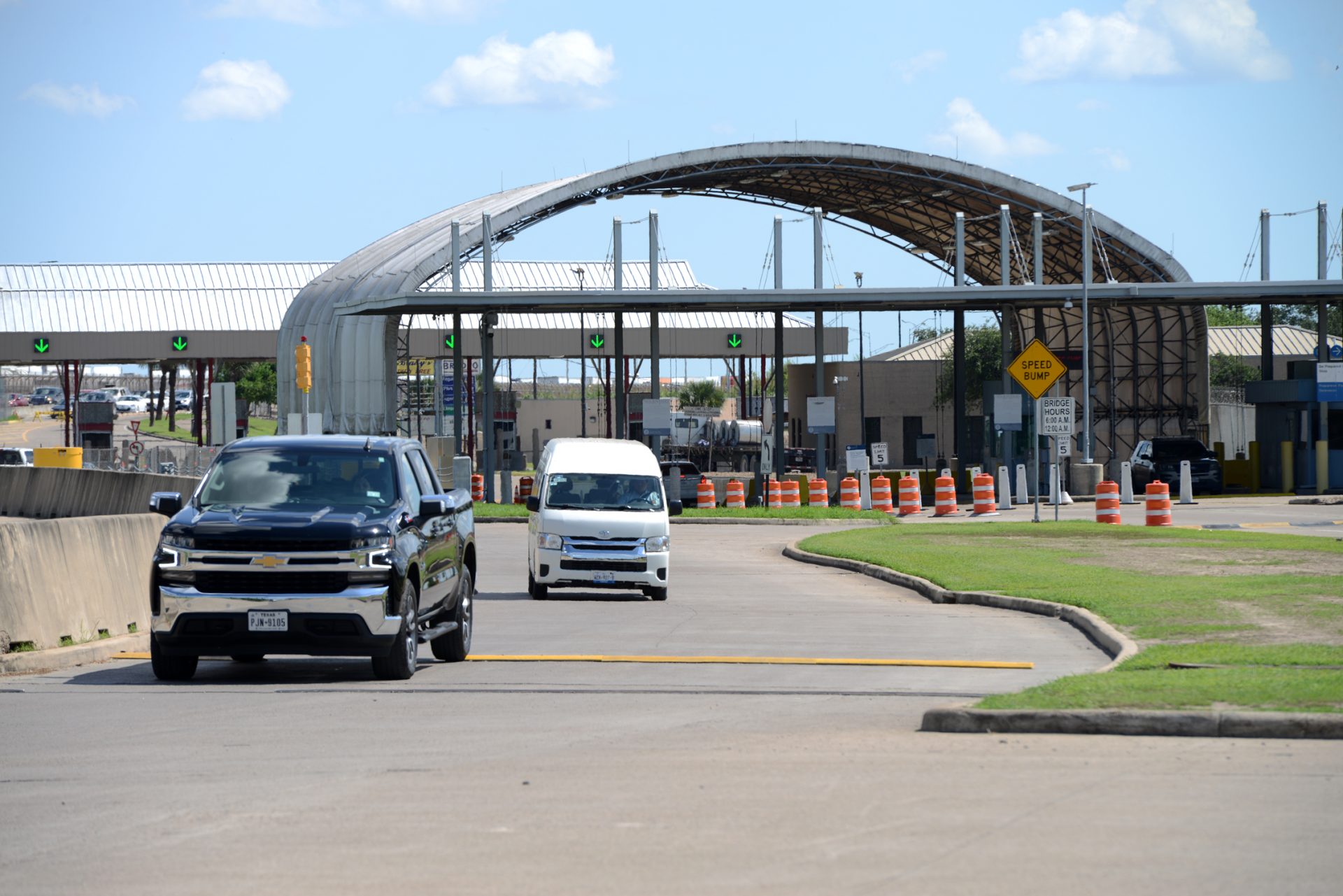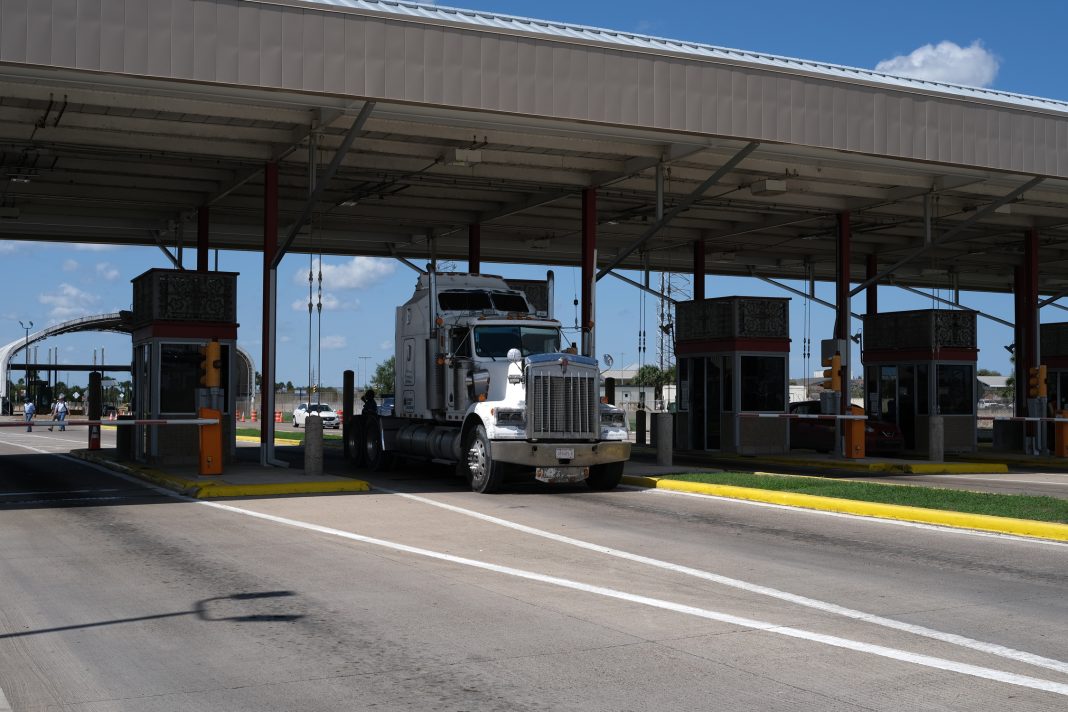Cameron County plans to install some new technology at the Veterans International Bridge in Brownsville and the Free Trade Bridge at Los Indios that can help stop vehicles fleeing from the United States into Mexico.
The Grab-350 Integrated Vehicle Barrier System will allow officers at the international bridges to activate a netting system that will pop up and act as a barrier to stop the vehicle in its tracks.
“The global grab system will also allow law enforcement agencies in Cameron County to partner with CBP (Customs and Border Protection) on task forces and ultimately share in the seized assets out of that operation,” said Pete Sepulevda Jr., county administrator. “The Global Grab System will compliment what the county and CBP have invested in technology in the last couple of years.”
Cameron County Commissioners approved the purchase at Tuesday’s commissioners court meeting after viewing a presentation by Paul Bazzano, vice president of sales and business development for Global Grab Technologies. The barrier system for both bridges will cost an estimated $2,179,903, documents indicate.
On Aug. 20, a Cameron County sheriff’s deputy unknowingly drove into Mexico while pursuing a truck that failed to pull over for questioning, the sheriff’s department said in a press release.
The incident happened at the Veterans International Bridge in Brownsville, according to the press release.
The unidentified deputy was assigned to the auto theft division at the bridge when the driver of a green truck pulled up and the deputy noticed the vehicle had fictious license plates, according to the press release.
Although the deputy ordered the vehicle to stop, the driver refused, crashed the tool booth area, and accelerated toward Matamoros, the release stated.
Bazzano cited this incident as an example of how the net barrier may have prevented the vehicle from crossing into Mexico.

“We are excited because this is a very innovative project; Cameron County would be the first in the United States to install this system for outbound lane vehicle screening…this is a less than lethal solution,” Bazzano said.
Bazzano said the federal government is utilizing the system as well. “DHS (Department of Homeland Security) facilities use it currently and it is integrated product that CBP has found to be very successful.”
CBP started using the system in April on inbound lanes at Veterans International Bridge and have not had “one port runner coming into the United States because of the deterrent that the capability brings,” Bazzano said.
“This will allow the technology to help with vehicles that are crossing illegal cash, illegal proceeds, guns, other weapons and stolen vehicles, and missing and wanted people into Mexico,” Bazzano said.
According to a CBP report, research shows that 80% to 90% of vehicles stolen from Brownsville, McAllen, Laredo and El Paso end up in Mexico.
The barrier system will be able to integrate with the license recognition system at the international bridge so “as a vehicle enters the bridge area the license plate recognition system would automatically give a signal and provide the capability of the system to stop the vehicle,” Bazzano said.
Activating the barrier can also be done by radio or by an officer at the bridge as a vehicle would try to leave and cross the bridge.
“We would be able to stop stolen vehicles from crossing to Mexico, just think of the situation where you have an Amber alert, where you have somebody who has been abducted where this system can stop the vehicle from ultimately crossing from the U.S. into Mexico,” Bazzano said.
The barrier system will also include a tire shredder so when the vehicle tries to cross the bridge it will first come into contact with the shredding that will shred all four tires of the vehicle before it approaches the net, Bazzano said. Signs and signals will also be placed warning drivers that the system has been activated.
“With the history of this solution, we have never had a fatality, and as I have said we have had vehicles hit our barrier system at 70mph,” Bazzano said.




